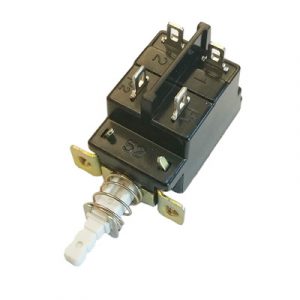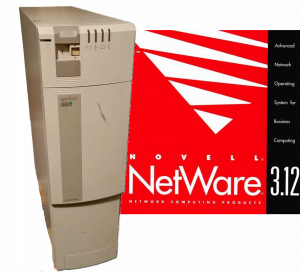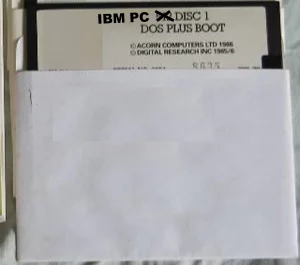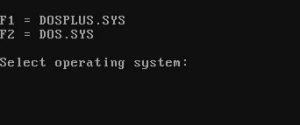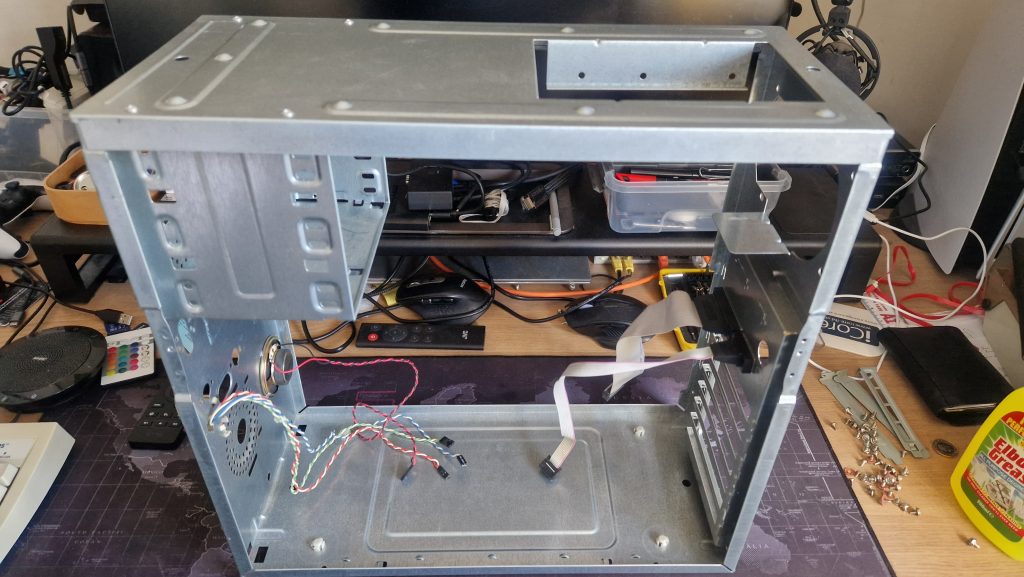Recreating my experiences using a Comart Quad
Sean Lewis 1 March 2024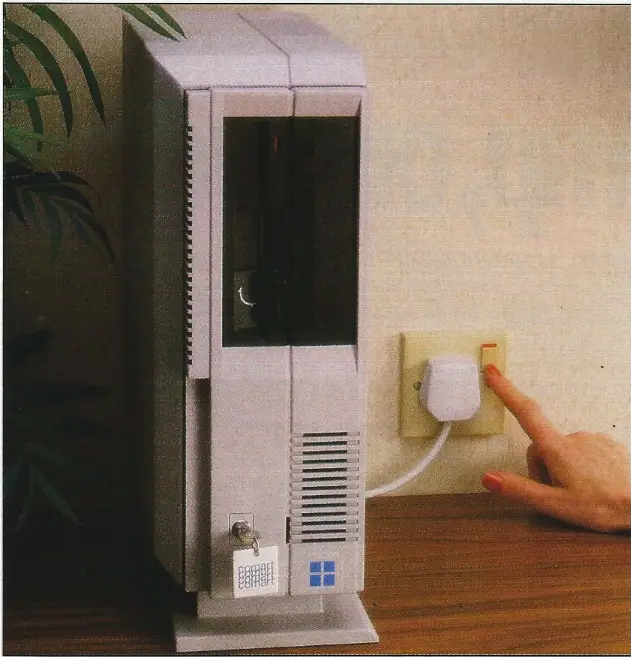
Comart Quad
I have updated this post based on a comparison review found in a copy of Personal Computer World September 1986 (Vol.9 No.9) between the Comart Quad and a Jarogate Sprite, a computer I had never heard of.
Who were Comart?
Comart started as a distributer of North Star Horizon micros in the UK and branched out to become a seller of its own UK-built multi-user systems, the Communicator. Selling the Communicator to large companies and organisations in the UK such as BT and government department including being on the official CCTA approved list for hardware procurement.
Comart also brought up the Byte Shop of retail stores in the UK.
Following the founder’s sell-out in 1985 Comart then became part of the Kode group.
- Intel 80186 CPU
- Running around 10 Mhz
- 1MB Memory
- 5 1/4″ 720K Floppy Drive
- 20/40 MB MFM HARD DISK
- DR Concurrent DOS Operating System v4.1 later v5.0 (XM)
- One modem port (DB25 main serial terminal connection)
- One aux/serial printer port (DB25)
- Three terminal serial ports (8-pin DIN)
- One parallel port
- One network port (Comart proprietary running under DR-Net)
- Four Wyse 30 Terminals (serial)
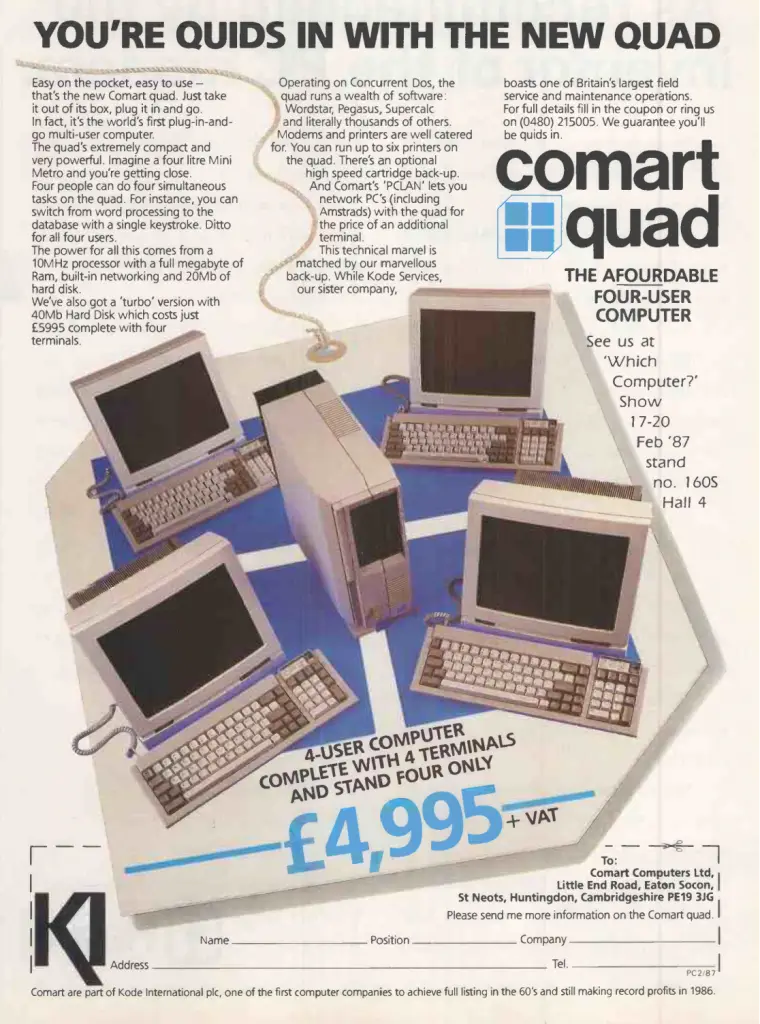
We sourced the system from a company based on an advert my boss at the time found in a Sunday newspaper. It wasn’t brought direct from Comart, but through this company who were re-selling it along with their business accounting software, more on that later.
It also came with SuperCalc 2, Dbase II and Wordstar installed. These may have been the CP/M-86 versions to support the cursor driven requirements of the Wyse terminals rather than a native DOS version of these programs.
The VM has finally ended up running in DosBox-X as this was my ideal target as its currently the DOS machine emulator I use the most.
However getting to a working machine that would execute Concurrent DOS with a hard disk image took a while. I ended up creating the hard disk image using PCem and using this to boot of the floppy IMG images I was able to find for Concurrent DOS 4.1 as the lowest version so far I could get to boot and install.
Once I was able to get PCem to boot of the floppy images with an attached hard disk (IMG) file, it was then fairly easy to use the DSKMAINT program to format the hard disk image.
The size of the partitions on this version of Concurrent DOS are less than the 20MB hard disk image size, so I ended up creating a DOS and a CP/M image on the disk size available. I don’t have any memories of ever using Concurrent DOS with CP/M formatted disks, but as I have other CP/M machines setup I thought it might be useful later on and I had the free space on the image to use up, so why not.
After PIP copying the files over using the [R] option to make sure the system files copied over the hard disk image was useable under DOSBOX-X using the IMGMOUNT and BOOT options through a config file and seems to be fairly stable. DOSBOX-X appears to be able to mount the hard disk image without booting the O/S and appears to copy files into it without any issue or complaint so this has helped to get files into the hard disk image without to much extra overhead which has been good news. It did occur to me later that the Copy command works perfectly well under CDOS, I think I had just gotten into a habit of using PIP recently.

